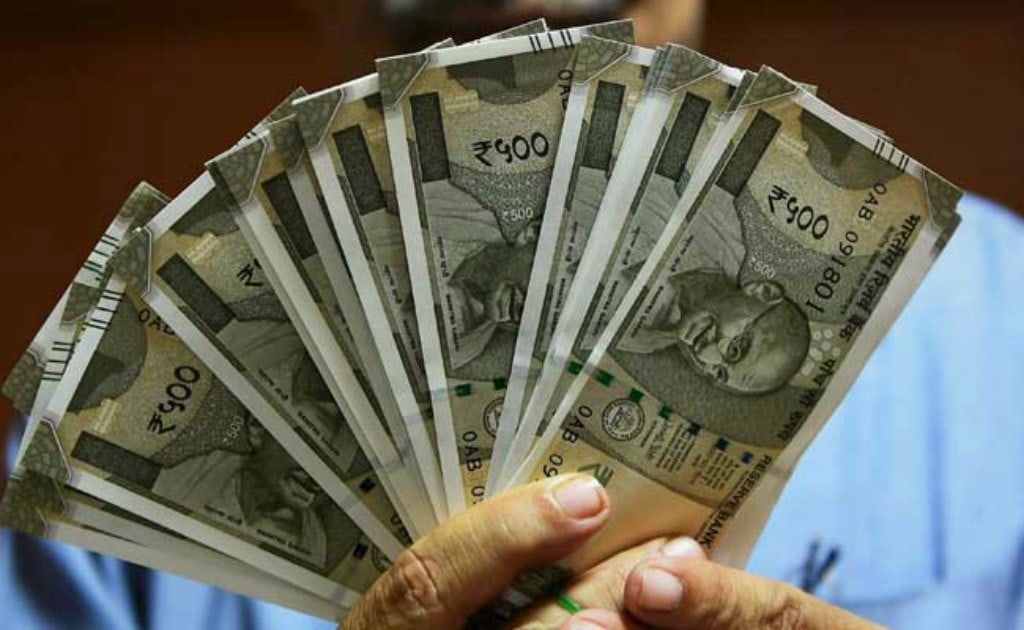Even though the forex market is less prone to spontaneous bouts of volatility than, say, the bitcoin or the stock market, there are still various risks every trader should take into account. Because the forex market allows traders to leverage huge amounts of money, the risk of incurring large losses is, naturally, directly proportional to the size of the trade. Your objective as a trader is understanding, monitoring and containing these risks, and in this article, we will teach you how to do just that. Here is how to identify risky traders and stay away from unwanted losses.
Understand How Risk Management Works
Before delving into the more specific types of risks, we should cover the basics of risk management in general. Back in the day, trading was a process through which two parties exchanged goods and services at predetermined rates. Trading was done by barter, wherein said parties swapped one commodity for another. It was a simple and straightforward process that involved minimal risk – apart from one party tricking the other into accepting a subpar product, of course.
In business and forex especially, taking risks is par for the course. But nowadays, with the advent of the internet and 24/7 trading, risk can quickly spiral out of control, for several simple reasons, namely the speed at which transactions are executed and mere human psychology – the adrenalin rush associated with pulling off a risky trade can trigger the gambling instinct even in the most experienced and restrained of gamblers.
Here are a few basics concepts that you should know about risk management:
a). Simply put, liquidity means that there are enough buyers and sellers at current prices to take your trade. Liquidity is not usually an issue when it comes to the forex market, as there is enough money flowing at all times. However, you might encounter liquidity issues for some less-used currency pairs.
b). Another effective way to manage risk is determining how much trading capital you have available. For beginners especially, the risk per trade should be no more than 2 % of your trading capital. This will give you enough breathing space to make several losing trades without wiping out your finances completely.
c). Knowing the odds should come naturally to every serious trader, and to do this, you will need to grasp the basics of technical and fundamental analysis.
d). Using specialized risk management forex software such as the Metatrader4. Some tasks are best left to computers, and MetaTrader4 is designed to facilitate a flawless forex automated experience by offering a comprehensive platform that supports both technical and fundamental analysis.
Now let’s move toward’s trading risks and how to avoid them:
1. Margin Risk
Margin, or leverage risk, is one of the most common types of risks that traders encounter on the market. By executing what experts call ‘’margin trading’’, you can utilize leverage efficiently. When you are executing a forex trade, you will usually put up a small portion of the total value of the position (the upfront sum, in turn, is called a ‘’margin requirement’’) as good faith.
The trade will be considered as being ‘’leveraged’’ if the situation allows you to enhance your position (long or short) with borrowed capital. The vast majority of forex brokers accept ridiculously high leverages, up to 100:1, but you should not do this unless you are absolutely sure that the trade is worth the leverage.
2. Political Risk
To fully understand how political risk works, you will have to dabble with concepts related to fundamental analysis. For a throughout fundamental analysis, you will need to analyze economic indicators, which are a series of reports released by the government or private organizations that detail the country’s economic standing. Political (or economic) risk can influence the way you approach the market in a significant way.
Here are some of the indicators that influence the forex market directly:
a). Gross Domestic Product (or GDP). It is the broadest measure of a country’s economy, representing the market value of all the goods and services produces in the country during a year.
b). Consumer Price Index measures the price changes of consumer goods. By comparing this report to the country’s exports, it can be used to calculate whether or not the national economy is making or losing money. Traders usually monitor exports, as their prices change according to the currency’s standing (strong or weak)
c). Industrial production measures the output of mines, factories and the light and heavy industrial sector of a country in general. When it comes the forex, you should focus on ‘’capacity utilizations’’, which describes the degree to which each factory is being utilized (meaning if factories are used at full capacity, how much they produce vs the number of exports and so on). Another thing to focus on is the utilities industry, as it is highly dependant on weather conditions, causing the currency to fluctuate to a certain degree.
These indicators, in turn, can be influenced by said country’s political (in)stability. Political factors such as election upsets and policy changes can shake the forex market to its core. Other factors such as government transitions and public opinion can cause the currency to fluctuate. Therefore, you should pay attention to pre-election polls so when the times comes, you will not be surprised by the outcome.
3. Transaction Risks
Arguably one of the most frustrating types of risks in forex, transaction risks are mainly caused by the time differences between various local forex markets. While the fact that the forex market operates on a 24-hour basis comes with a lot of advantages, it can sometimes result in the exchange rates changing before trades had a chance to be settled, rendering some investments obsolete.
The transaction risks are directly proportional to the time difference between entering and settling a contract. Anything can happen in that window of time, from currency prices fluctuating to market trends disappearing and becoming unprofitable.
4. Interest Rates
Another way to manage risk is by building your forex strategy around interest rates. When one party borrows money from another, the lender will provide those funds in exchanged for a predetermined interest rate, which is set by the amount of risk the lender is willing to take. On a wider scale, Central Banks set monetary policies to ensure that the economy is growing. Traders should pay close attention to interest rates and currency exchange rates, are they usually go hand in hand.
5. Counterparty Risk
A smaller scale risk than the country and credit specific ones (more on that later), another type of risk traders should consider is the counterparty risk. In short, when it comes to financial transactions, a counterparty is the company which provides the asset to the investor. In regards to forex, said counterparty is represented by the broker, so it essentially describes the risk of a dealer or a broker defaulting.
This is important to remember because in forex traders, spot and forward contracts on currencies are not guaranteed by a clearing house or an exchange due to the decentralized nature of the market. When it comes to spot currency trading, the counterparty risk refers to, and is caused, by the market maker reaching the point of insolvency. In times of high market volatility, counterparties can become unable to go through with a contract and default.
6. Country Risk
Another way to manage risk and, by extension, protect your finances is by considering the country risk. Before investing into a particular currency, you should consider the structure (whether political or administrative) and stability of the issuing countries. For instance, in many developing and third world countries, exchange risks are fixed in relation to a world leader; in most cases, the US dollar.
In this case, the central banks of the respective countries must maintain an adequate reserve threshold to maintain a fixed exchange rate. In fact, currency crisis usually occur due to one or more countries’ inability to sustain adequate reserves and a frequent balance of payment deficits which, in time, results in the currency gradually devaluating itself.
You can probably see why such an event affects forex trading in prices. In a business such as forex, which is based mainly on speculating, when investors get cold feet and feel that a particular currency will lose its value, they may begin withdrawing the assets, devaluing the currency even more and kickstarting a vicious cycle. On the other hand, the investors who do decide to stick around despite the unstable market climate risk ending up with illiquid assets and insolvent.
This is important to remember because currency crises are more likely to occur in developing or third world countries. So, as profitable as it might be to focus on niche currency pairs, one should not go ahead with this without considering the risks enumerated above.
7. Credit Risk
Credit risk describes the rare (but still possible) situation wherein one party is not capable of paying the other. This could happen for several reasons, but it usually occurs because one party either defaults or files for bankruptcy. The easiest way to prevent this from happening is through credit risk exposure:
- Familiarizing with the laws and regulations the broker abides by
- Verify if the broker industry is properly regulated in the country they operate in
- Determine if the broker maintains a reserve in case they can’t cover trading losses
Conclusion
As a trader, managing and containing risk will eat up most of your time, and for good reason it is the best way to avoid bad trades and unnecessary losses. Understanding concepts such as credit, political interest rate, and margin risk, as well as the basics of fundamental and technical analysis, will take you a long way.






0 Comments